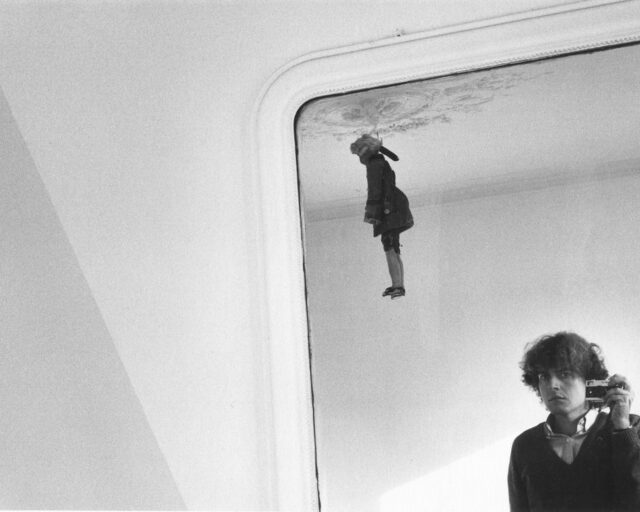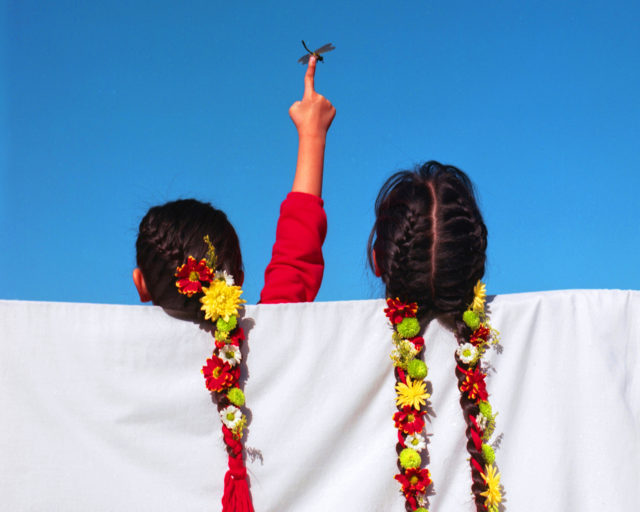What the Photo Critic Vince Aletti Found at Home during Quarantine
What does an insatiable collector do when all of New York’s bookstores and markets are closed?
Vince Aletti at home in New York, June 2020
Photograph by Balarama Heller for Aperture
Like many of you, I’ve been using much of these past few months at home to sort through and (attempt to) organize every drawer and box in my apartment. But after more than forty years in the same seven rooms, I think there’s a good chance I have more stuff than you do. I still haven’t come to grips with all the layers of ephemera, memorabilia, printed matter, and collections within collections here, but in the process of sifting through everything, I found a ton of things I’d squirreled away and forgotten. I pulled a few of them out to show you.

Distinctive Physique
Mid-1950s mail-order catalogue for the Denver-based Western Photography Guild, offering “Distinctive Physique Photographs” by Don Whitman—uncredited until the late 1960s, when the laws regulating the distribution of images of male (semi)nudity were relaxed. The models are described inside: “Possessor of a Grecian profile and body to match, Johnny Rotolante appears in a beautiful array of poses to inspire the imagination of artist, sculptor, and student.” Twelve 4-by-5 “Premium Finish” photographs from his series cost $2.
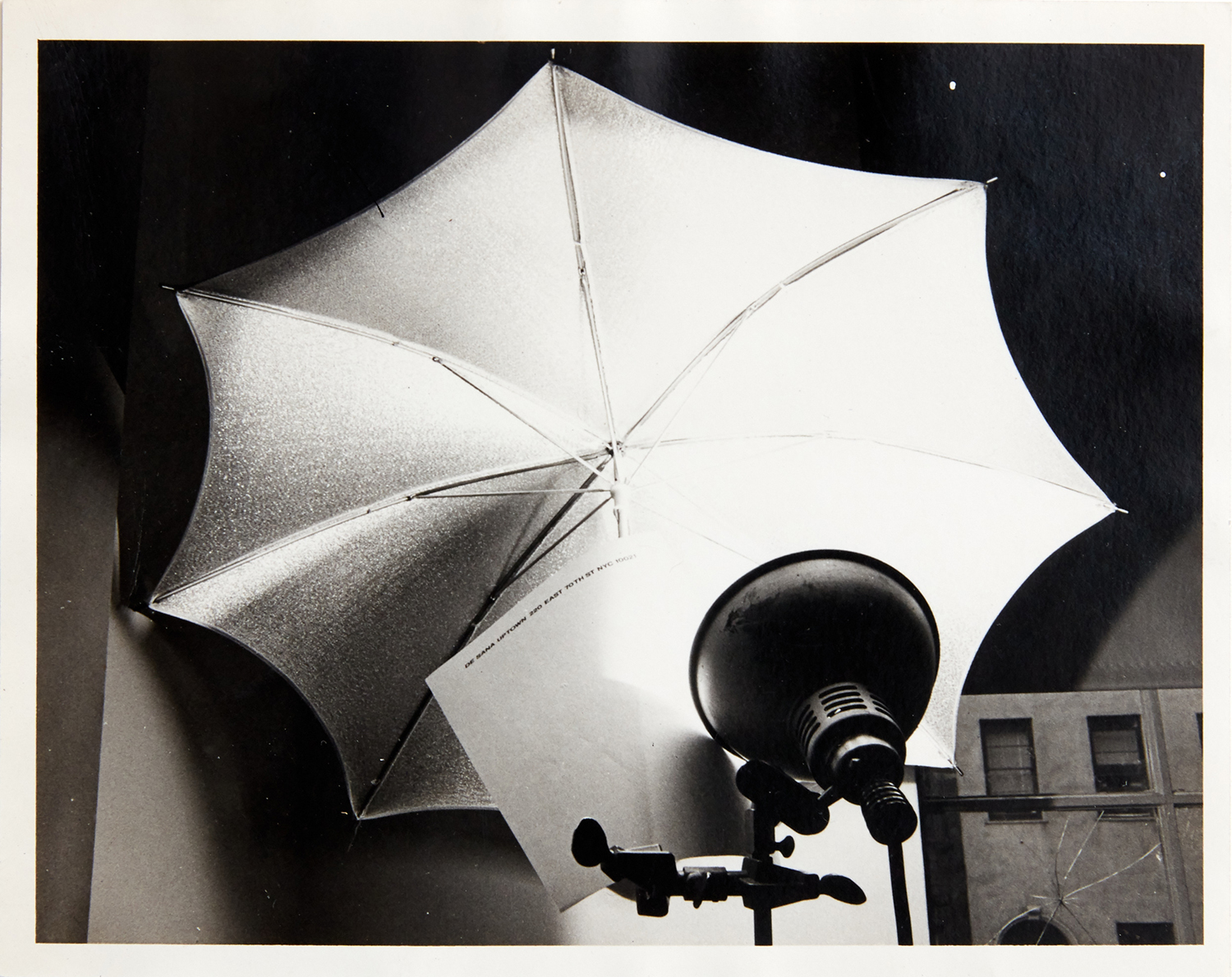
Jimmy De Sana
A photo by Jimmy De Sana that appears to be a change-of-address announcement. The tiny type on the letterhead under the umbrella says “De Sana Uptown,” followed by an address on East 70th Street.
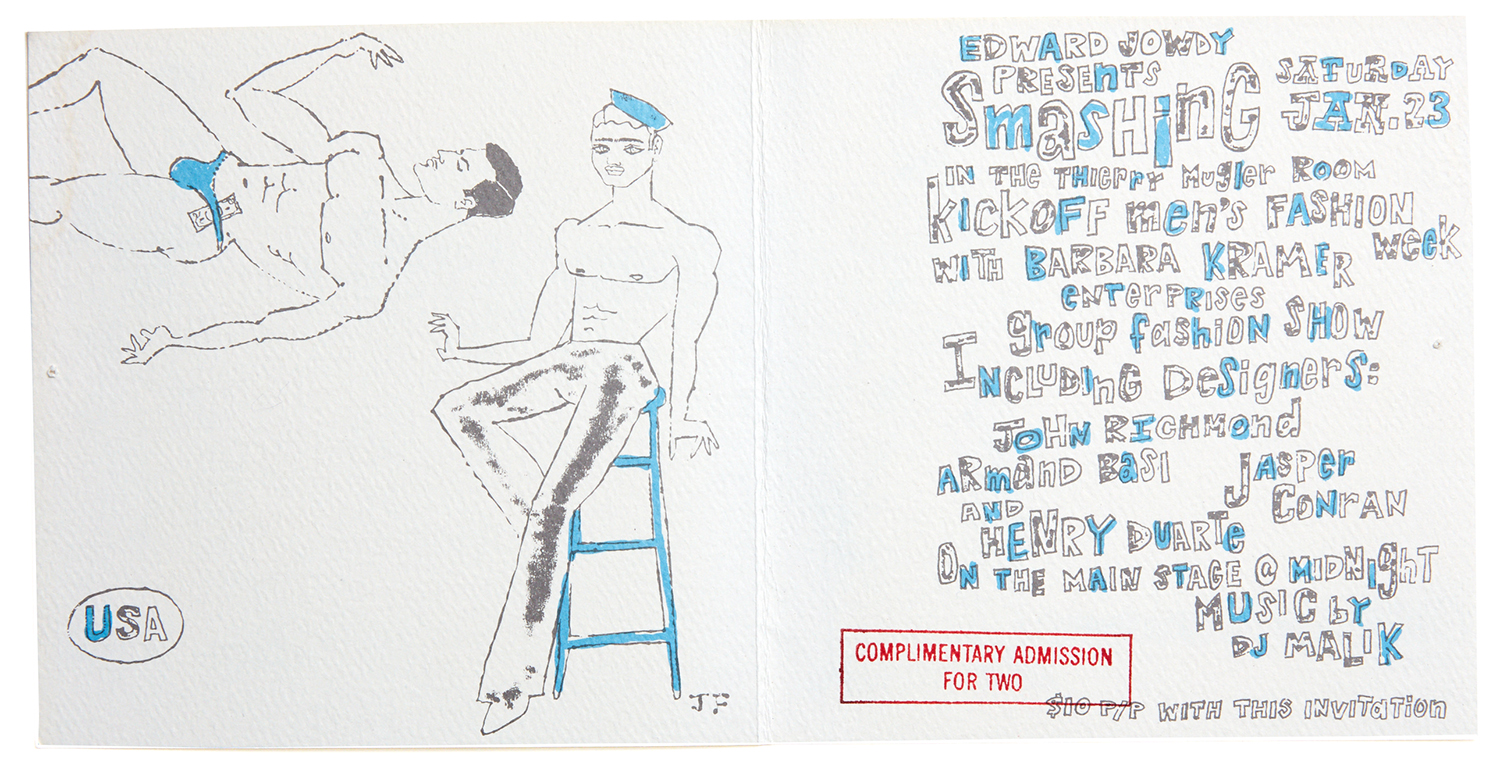
Smashing
An invitation to “Smashing,” a regular party at Club USA in Times Square, which I never attended. Apparently, I didn’t miss much: Club USA ranks first on Michael Musto’s list of “The 10 Worst NYC Nightclubs in History.” It closed in 1995, but the folded invitation cards that illustrator Jeffrey Fulvimari designed live on. Fulvimari’s Warhol-meets-Deee-Lite aesthetic had a real moment in the mid-’90s, and this was among his most sustained projects, before Madonna tapped him to illustrate her series of English Roses children’s books.

Futura 2000
A real photo-postcard portrait of the great post-graffiti artist Futura 2000 (aka Leonard Hilton McGurr, and now simply, “Futura”) made in 1983 by a photographer whose name I cannot decipher.

Hard Day’s Night
Ringo and John, my favorite Beatles, on bubblegum cards. John’s is #33 from the Hard Day’s Night series.
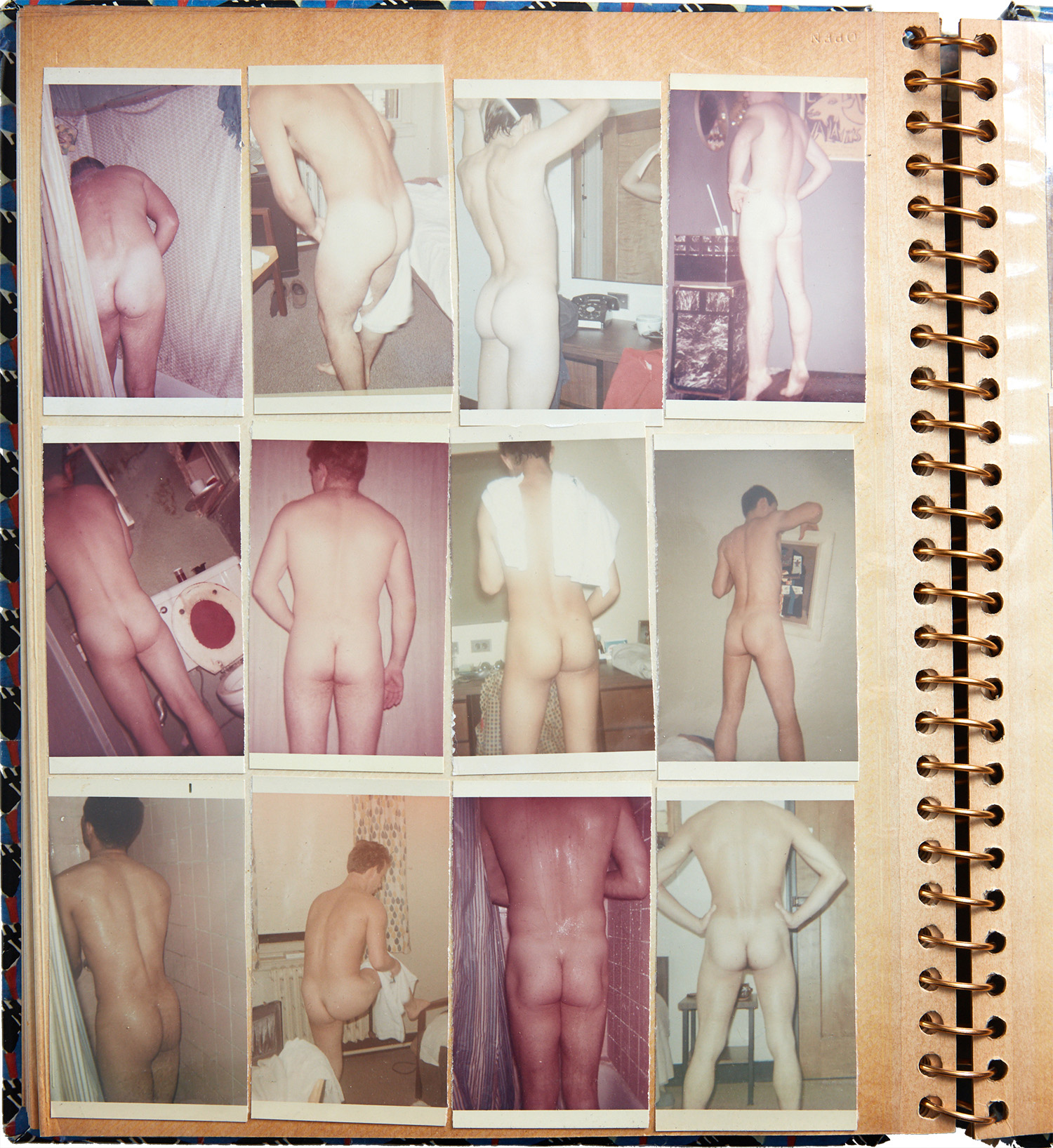
Rear View
One of ten pages from a spiral-bound Polaroid scrapbook bought from a seller with a blanket of junk on St. Marks Place sometime in the early 1970s. Photographer unknown; the only dated images are from 1967 and ’70, all apparently made in the same New York apartment. Pages vary between frontal and rear views, carefully trimmed and arranged in grids of twelve.
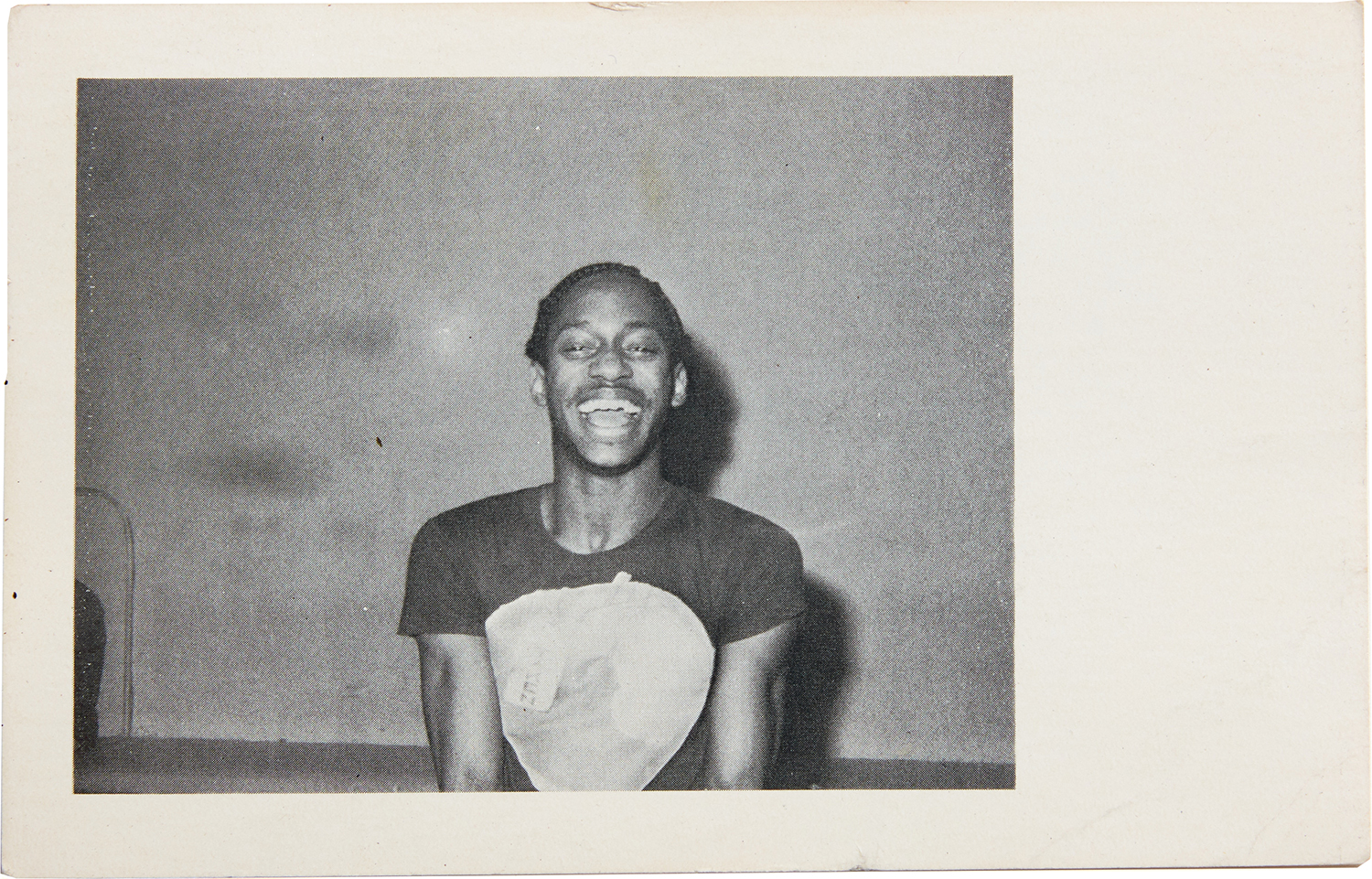
Greetings from America!
A postcard by and from Michael Gomes, whose gossipy Mixmaster zine chronicled the New York disco scene from its earliest days. “Greetings From America! NYC 1975,” it says on the reverse, above a handwritten message from Gomes: “His name is Gregory and I photographed him at the Gallery the morning of the night we were there.” The Gallery was DJ Nicky Siano’s club, located at the time around the corner from David Mancuso’s 99 Prince Street iteration of The Loft. Both legendary.

Vintage 14th Street
A survey photograph of a stretch of West 14th Street sometime in the last century—possibly the 1930s. One of four, all stamped “RESTRICTED MASTER PROOF Not to be loaned out or removed from photographic department.” Do any of these buildings remain?

Musclebound
Two drawings, graphite on notebook paper, from a group of nearly thirty by an unknown artist who took his inspiration from muscle magazines of the 1940s, but added his own anatomical details. Found at Physique Memorabilia, a store specializing in vintage gay erotica and run like a private club out of a live-in loft on East 12th Street, complete with noisy parrot; it closed in the mid-’90s.
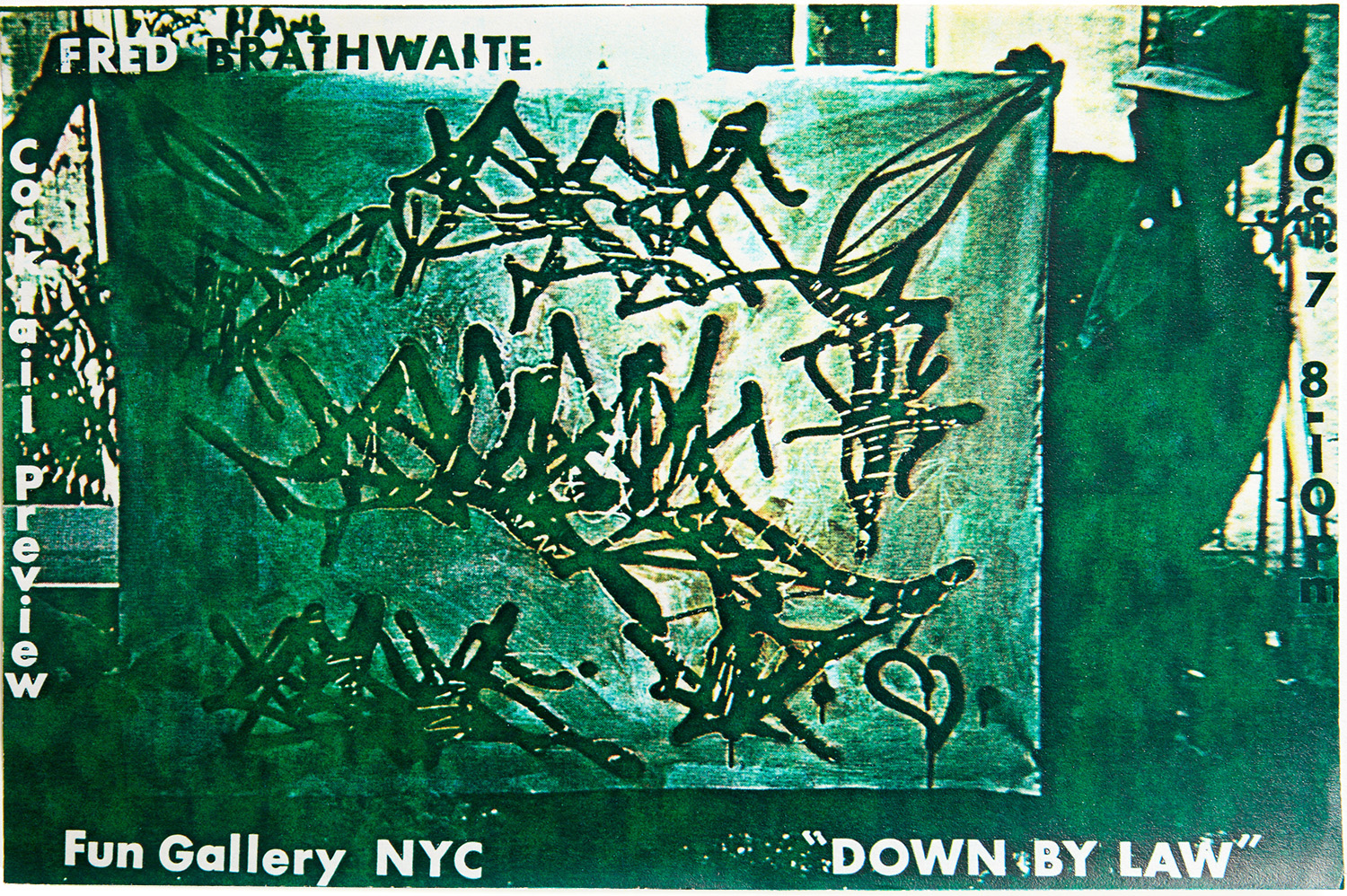
Fab and Fun
The color Xerox announcement for an exhibition by the artist better known as Fab Five Freddy at Patti Astor’s Fun Gallery, one of the first to define the East Village scene.
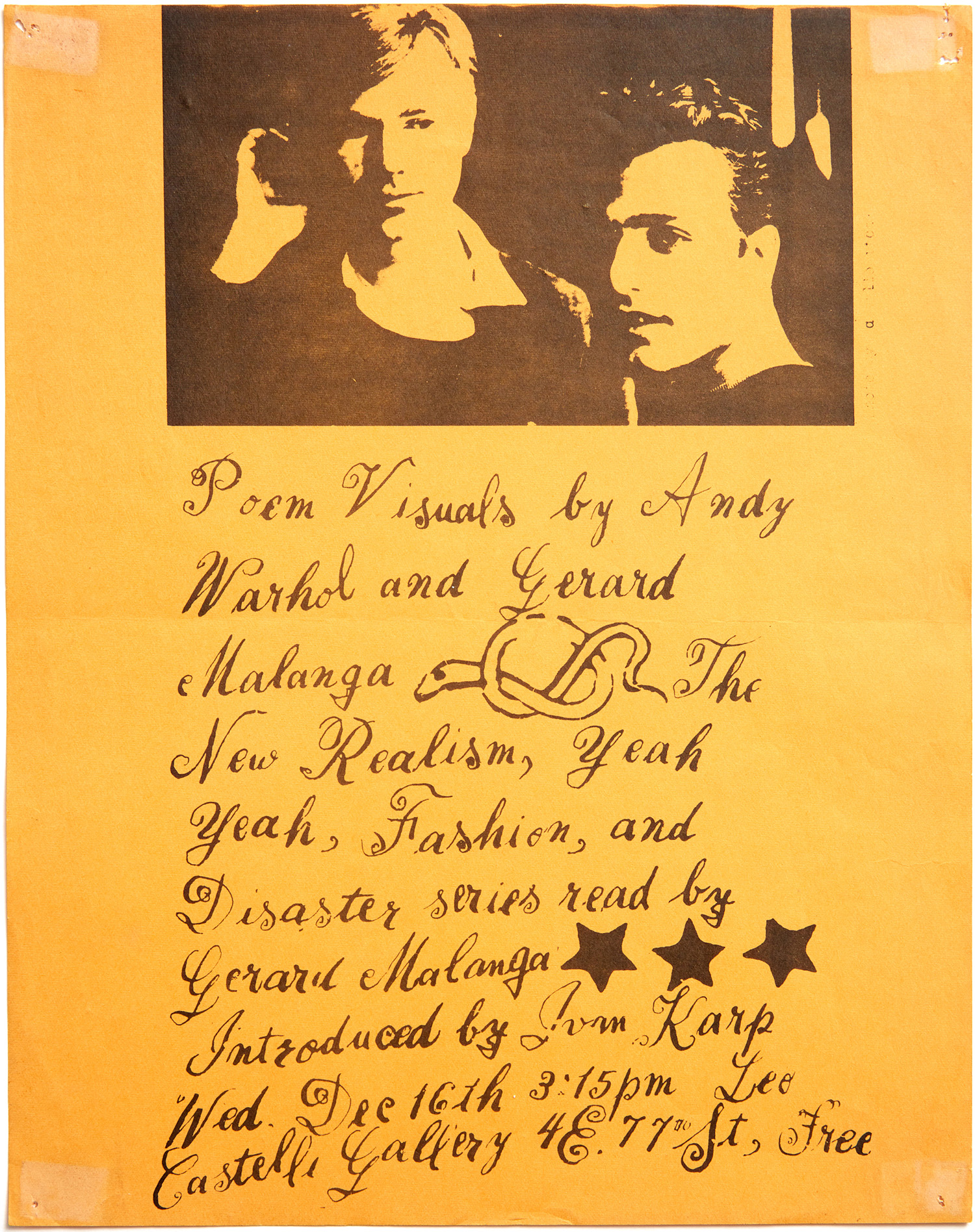
Poetry Reading
A flyer advertising “Poem Visuals” by Andy Warhol and his assistant, poet Gerard Malanga, at the Leo Castelli Gallery, circa 1964. Pin holes and tape residue on every corner; it was nearly always pinned to the wall of whatever dorm room or apartment I was living in for at least a decade. I have others on white and pink papers. I had a crush on Malanga, one of Warhol’s original “Thirteen Most Beautiful Boys,” at the height of his beauty here.

Deafman Glance
Program booklet for the Brooklyn Academy of Music’s premiere of Robert Wilson’s “Deafman Glance,” February 25, 1973. Following a three-page list of the cast, headed by Jack Smith in the role of Sharkbait Starflesh, there are nine pages of rambling, diary-like entries signed by Wilson avatar Byrd Hoffman and prefaced with this text: “These notes are from my notebook. They offer no explanation to explain what I am doing although some might think they explain the work. They do not have to be read to further understand the theater.” An excerpt: “The house sinks. The dog howls into the night. The old man’s eye becomes bright. The frog jumps as the ox swallows the Sun, the moon, the stars, the Son.”

Talk of the Town
A clipping from the New York Times, showing Rudolf Nureyev dancing at Arthur with the club’s co-owner and figurehead Sybil Burton in 1965. Having written a column on disco for the music trade magazine Record World for four years in the late ’70s, I tend to clip anything about dance clubs, especially an early, notorious one like Arthur, but I was surprised to turn this over the other day and see the unsettlingly contemporary image on the other side.
Photographs by Balarama Heller for Aperture.










